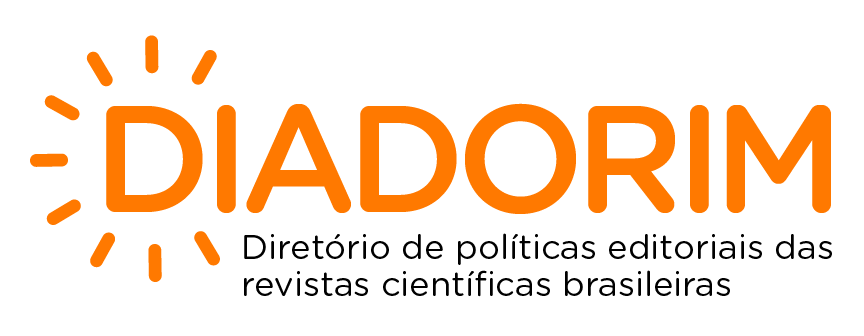Perfil do egresso de medicina de uma escola privada da Região Sul da cidade de São Paulo quanto à opção de especialidade na carreira
DOI:
https://doi.org/10.56242/globalhealth;2024;4;16;5-9%20Keywords:
Educação Médica, Internato, Residência, Atenção Primária à SaúdeAbstract
Introduction: The identification of the doctor's training scenario is important for the moment and for the future and, in this line, we are motivated to conclude this study with regard to the qualification of the profile of the graduates of the doctors of our school in relation to the option of specialty to be followed in the career. Objective: to identify the profile of the physician chosen by medical graduates from a private medical school in the southern region of the city of São Paulo. Methods: This is a cross-sectional study, carried out in the first semester of 2023. The study population (sample) consisted of 51 medical students, enrolled in the 9th, 10th, 11th and 12th semester (boarding school) of a private school located in the region south of the municipality of São Paulo. Results: The findings of this study involved the dominance of males, white race/color, single, who are studying their first graduation and with a family income of more than 50 thousand reais, in agreement with the literature, which highlights that, in general, courses de Medicine adopted for many years a predominant profile of male students, from higher social classes, coming from large urban centers. Conclusion: The profile of medical graduates considered involving a majority interested in studying postgraduate studies in the Medical Residency format, but in specialties and not in the area of Family and Community Medicine.
Keywords: Medical, Education, Internship and Residency, Primary Health Care.










